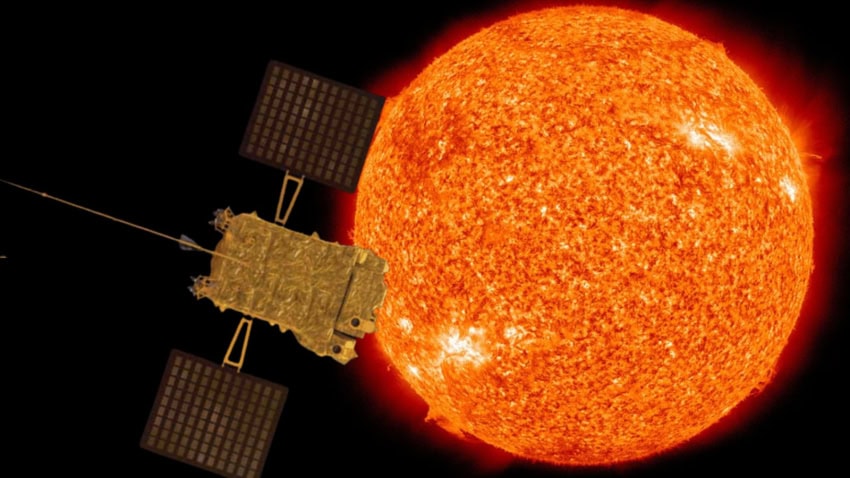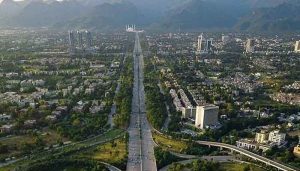Ahmed Bin Ali
Aditya 1 stands as a remarkable achievement in India’s pursuit of solar exploration. This observatory solar system, conceived and developed by the Indian Research Organization (ISRO), is purpose-built to unravel the enigmatic layers of our solar system. Its primary mission encompasses the in-depth study of the solar atmosphere, including the intriguing corona and the solar surface in the vicinity of our radiant Sun.
Launched with precision on September 2nd, at 11:50 GST, this remarkable endeavor incurred an investment totaling $50 million USD. The launch took place at the Satish Dhawan Space Centre, strategically positioned on an island off the captivating Bay of Bengal’s coast.
The mission’s timeline unfolds across four months, during which Aditya 1 conducts a profound exploration of our Sun. The initial 16 days are dedicated to an orbit around Earth’s surface, providing the unique opportunity to scrutinize Earth’s magnetic field, the magnetosphere, and their interactions with the charged particles emanating from the Sun in the form of solar winds and coronal mass ejections (CMEs).
Subsequently, the mission embarks on an extended journey to the Lagrange Point 1 (L1), situated approximately 1.5 million kilometers from Earth. Positioned strategically near the halo orbit around the L1-point in the Sun-Earth system, Aditya 1 gains unobstructed views of the Sun, paving the way for an unprecedented era of solar exploration.
This ambitious mission has been in the making for over 15 years, with a commitment to observe and study the Sun’s mysteries around Earth for more than 5 years. The journey began in January 2008, initially as a modest satellite project, before proudly bearing the name “Aditya 1” in 2019.
The satellite itself is engineered to land at the L1-point, housing seven sophisticated scientific instruments weighing approximately 244 kilograms (538 pounds). These instruments, perched atop the ship’s deck, include the Magnetometer (MAG), Visible Emission Line Coronagraph (VELC), High Energy L1 Orbiting X-ray Spectrometer (HEL1OS), Solar Ultraviolet Imaging Telescope (SUIT), Solar Low Energy X-ray Spectrometer (SoLEXS), Aditya Solar wind Particle Experiment (ASPEX), and the Plasma Analyser Package for Aditya (PAPA).
In summary, Aditya 1 represents a monumental stride in India’s scientific exploration of the Sun and the solar system, poised to unravel the secrets concealed within the solar atmosphere. With state-of-the-art instrumentation and a strategic vantage point, this mission holds the promise of illuminating new facets of our radiant celestial neighboru, the Sun.
Ahmed Bin Ali is a student of A levels at Aitchison College, Lahore














